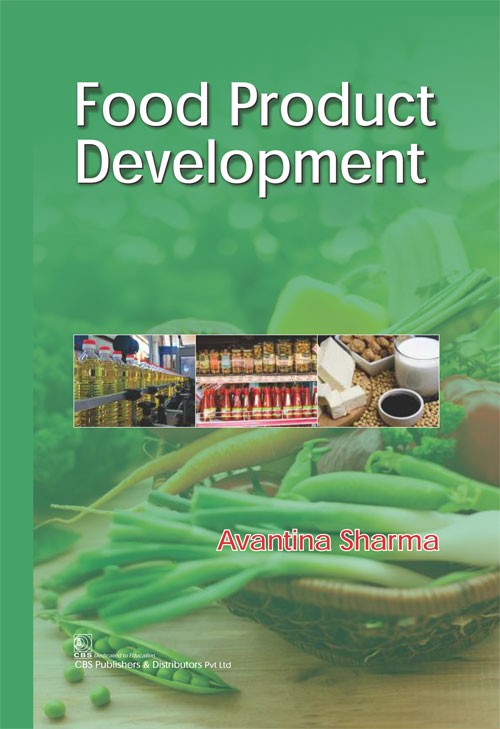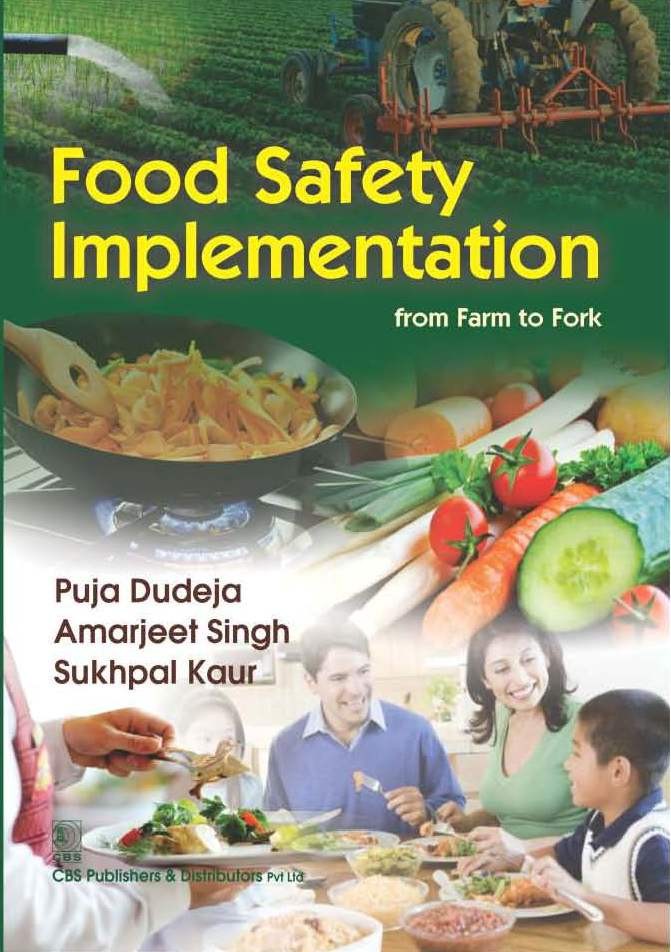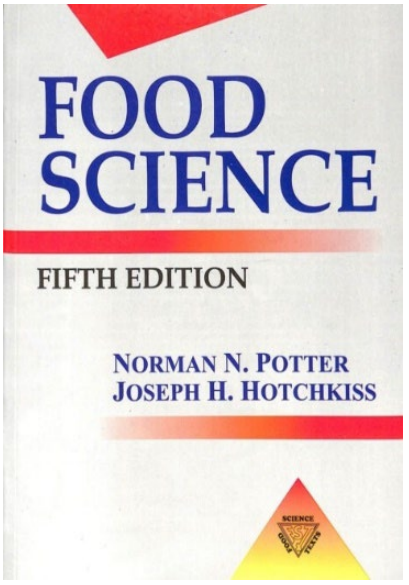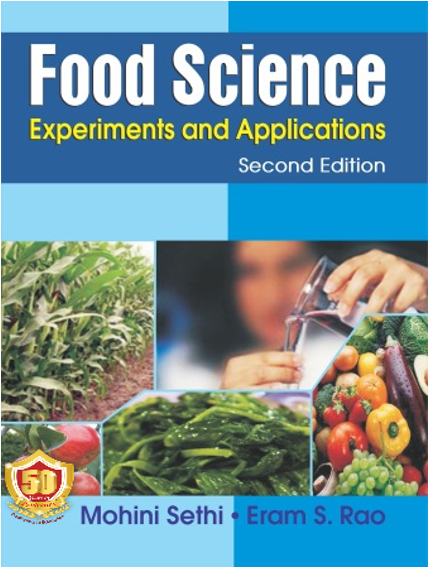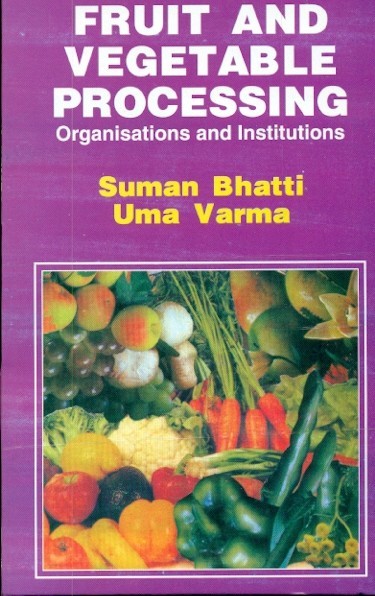BIOLOGY LIFE SCIENCE
Featured Products
Food Nutrition And Dietary Management Of Disease (Pb 2020)
₹347.60
M.R.P.:₹ 395.00
You Save: ₹47.40 (12.00% OFF)
Food Processing And Preservation 2 Vol Set (Pb 2020)
₹1,062.50
M.R.P.:₹ 1,250.00
You Save: ₹187.50 (15.00% OFF)
Food Safety Implementation From Farm To Fork(Pb 2016)
₹369.00
M.R.P.:₹ 450.00
You Save: ₹81.00 (18.00% OFF)
Food Science Experiments And Applications 2Ed (Pb 2021)
₹389.50
M.R.P.:₹ 475.00
You Save: ₹85.50 (18.00% OFF)
Fruit And Vagetable Processing Organisations And Institutions (Pb 2017)
₹273.00
M.R.P.:₹ 350.00
You Save: ₹77.00 (22.00% OFF)



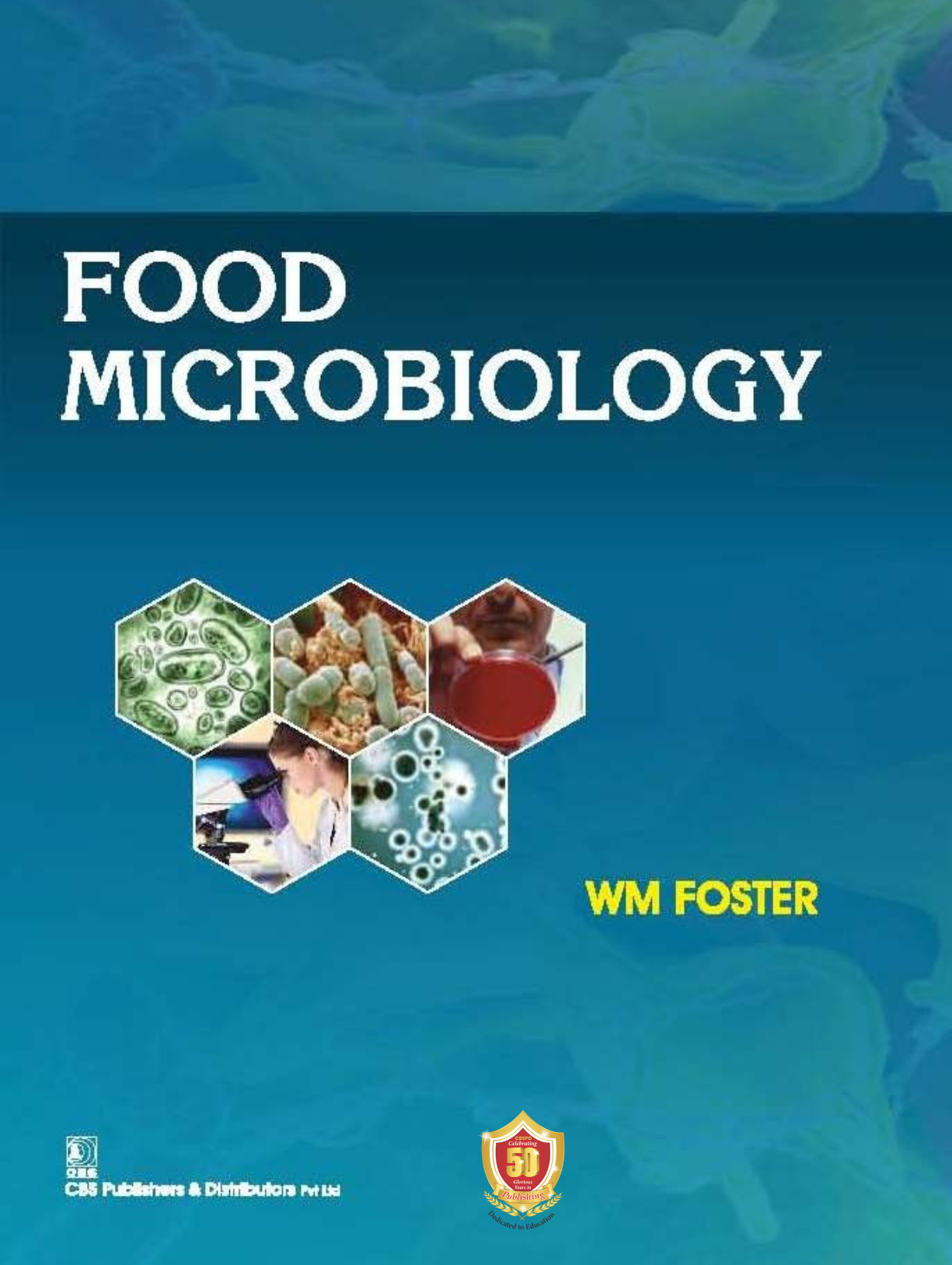
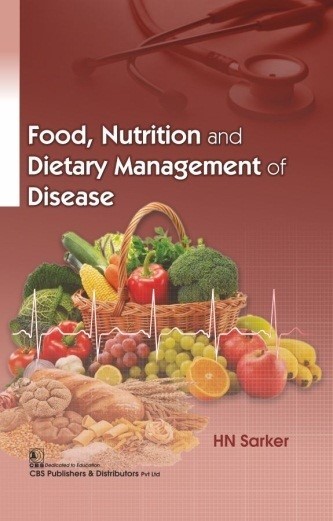
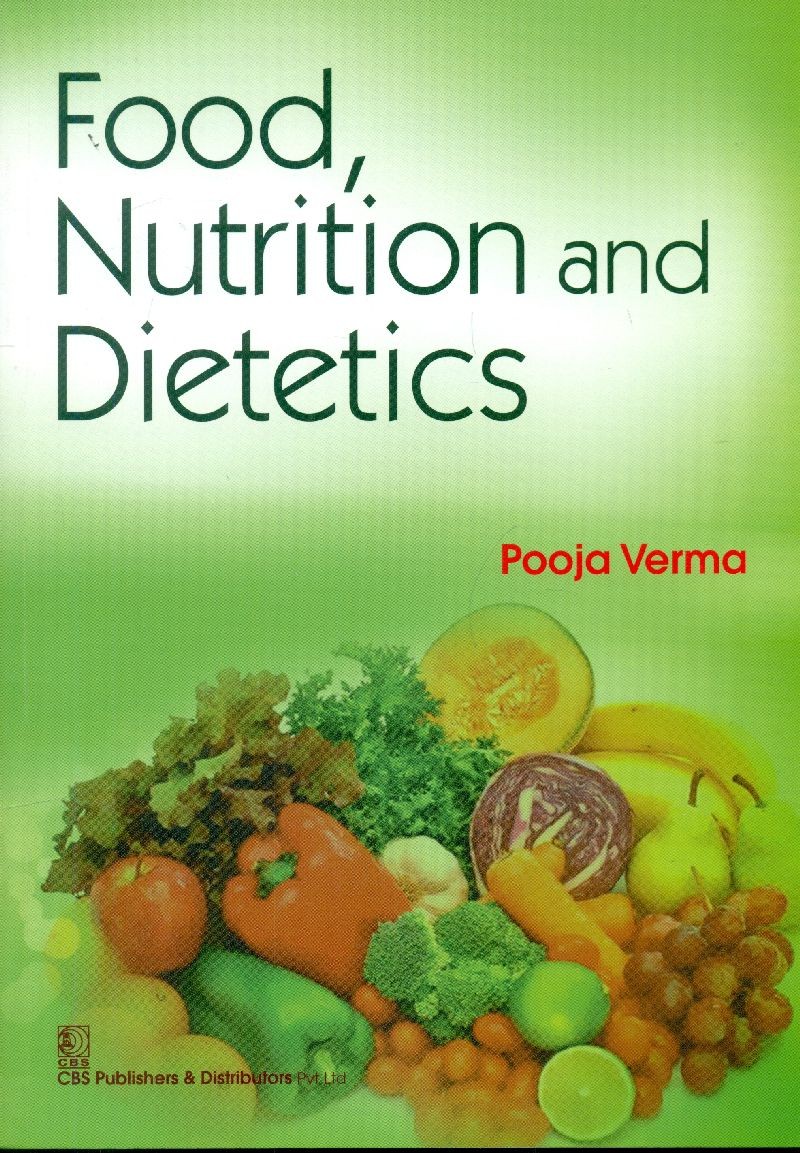
.jpg)
